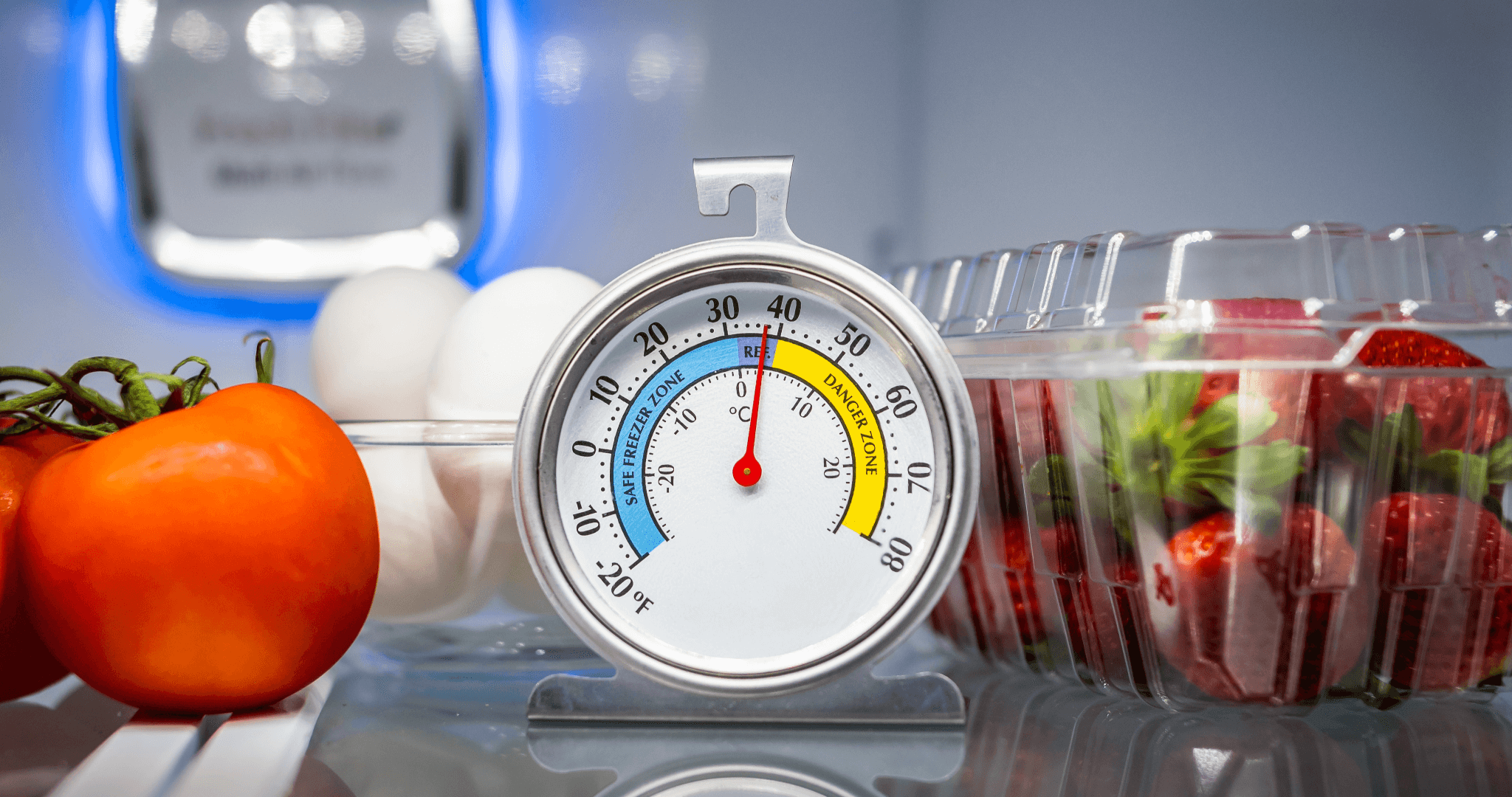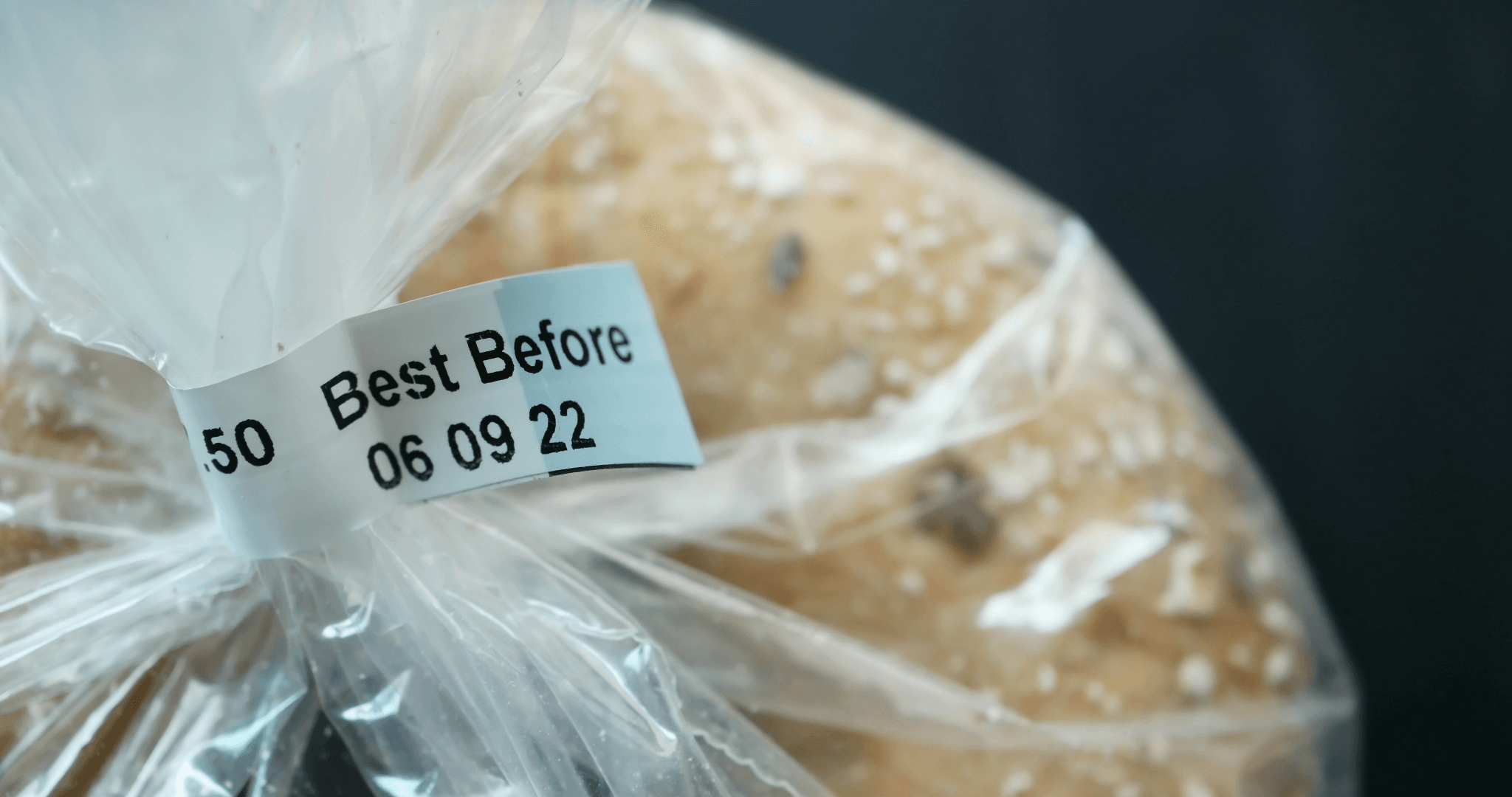Understanding Food Label Dates: Ensuring Safety and Reducing Waste
Posted by Emily on 13th Jan 2024 Reading Time:
In food safety and waste reduction, decoding the labels of "best before" and "use-by" dates is crucial for businesses. These dates are essential in preventing bacterial contamination and preserving product quality.

When examining food packaging, it's paramount to distinguish between "use-by" and "best before" dates:
Use-by Dates
These dates are all about safety. Never consume food past its use-by date, even if it appears and smells fine. Use-by dates apply to perishable items like meat and ready-to-eat salads. Follow storage instructions diligently, such as refrigeration, if specified. You can cook food until midnight on the use-by date but consume it within 48 hours or freeze it.
Best Before Dates
Represented as BBE (best before end), these dates pertain to food quality, not safety. Food remains safe to eat after the best before date, but its quality may deteriorate. This label is found on various items, including frozen foods, dried foods, tinned goods, and cheese.

The Sniff Test
You can rely on your senses to gauge the edibility of products with best-before dates. Check for visible mould, taste for freshness, or smell of dairy products to ensure they haven't soured. However, the "sniff test" isn't reliable for items with use-by dates, as harmful bacteria can lurk even in seemingly fine food.
Manufacturer Responsibility
Manufacturers determine whether to use a use-by or best-before date based on food production methods and risk factors. Always scrutinise date labels to identify the type. Use-by-dated items must never be used beyond the specified date. For best before-dated products, rely on your senses or follow label instructions.
In conclusion, understanding and adhering to best before and use-by dates is pivotal for safety and quality. Your comments on this topic are greatly appreciated below.

